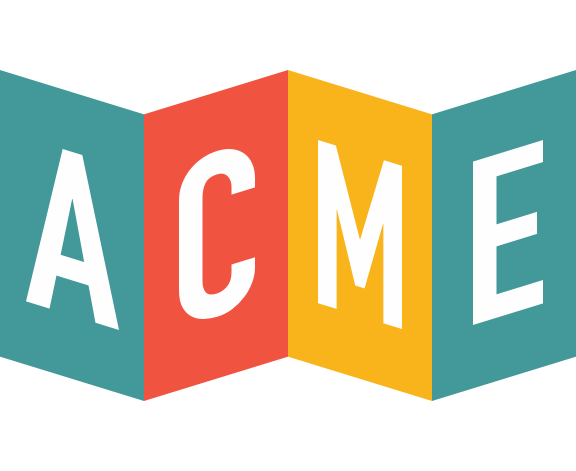
How to Write a Letter Asking for Donations
It’s that awkward moment when you need to ask for something but don’t know how. Everyone has felt it. Whether that’s asking for a gift from a family member they may have trouble affording, asking for a raise at your job, or even sending your over-salted meal back to the kitchen at your favorite restaurant. We’re not taught how to ask for the things we need, and it’s high time that we learn.
Asking for donations follows this same pattern of embarrassment and awkwardness for organizations. But donations represent an enormous percentage of annual revenue for nonprofit institutions. And likely, your company makes a practice of sending out donation requests all year long.
But practice doesn’t always make perfect. And sometimes, even if your organization depends on the generosity of your audience, writing those all-important asks doesn’t get any easier or less painful. In this article, we’ll go over some of the key features of a sincere and successful donation request communication, and effective tips and tricks to transform your letters from awkward to awesome.
What is a donation letter?
Donation has a reputation as being a thing that you sit and wait for. Your organization places a donation basket outside its door and bides its time until the basket is full enough to bring inside in count.
This image is far from reality. While acts of spontaneous generosity do happen in this wild world, all donation-based organizations, from thrift stores to food banks, ask for the things they need. Heck, even churches pass around a collection plate.
A donation letter functions as a specific, pointed, and sincere request for resources from your audience members. In it your organization can name what it needs, why, and when. And your letters can be formulated for patrons of all kinds – individuals, foundations, even corporations can all be counted among the supporting members of most successful public-facing nonprofit institutions.
When to write a donation letter.
All the time. No, seriously.
If you are a nonprofit organization of any kind, chances are you need to be sending these almost ‘round the clock in order to meet your fiscal goals.
There are a few exceptions to this rule, of course. Right after the onset of a global health crisis, for example, is not a great time to ask your audience for money. 9 months later, however, and you may need to.
And prior to major budgeting periods, events, and other occurrences, letters asking for donations can be crucial. Event-specific donations should be done in campaigns commencing up to 30 days before the event itself. Annual donation drives can happen whenever, and might run anywhere from one month of intensive asking to an entire year or regular reminders.
A good rule of thumb is to base your timing on donor behavior. A quality membership management software (like ACME!) can clue you in on when your patrons are the most active during the year, and therefore when the best time might be to ask them for donations.
How to write a donation letter.
Here are some best practices to follow when writing your next donations request letter.
- Be specific about where the money is going.
Whether you’re campaigning for an ultra-specific fundraiser, or simply trying to meet your annual financial goals, let your patrons know how their contributions will be put to use. Tell them about your plans to expand your bengal tiger’s enclosure. Explain that you’re collecting funds to support your new after-school science program. Or that you’re hosting an auction whose proceeds will go towards the annual members-only banquet.
- Be gracious.
Leave your entitlement out of your inkwell. Or word processor. Or whatever material you’re using to compose your letters. You owe a huge debt of gratitude to your donors for their continuing support of your organization, and the sentiment of your letter should reflect that gratitude. At the same time, remember that your patrons love your work, and that more often than not they will be happy, if they are able, to contribute. - Be personal.
Sterile, overly-formal letters can be a turnoff. More often than not they come across as robotic and canned, and the recipients will perceive that their support is no more than a drop in the bucket to your organization. Donation requests should be friendly, colorful, and informal. If you have donor data and information, consider referencing their past relationship with your organization to show what their support, specifically, means to you.
Top tip: remember to avoid technical jargon. While your donors are enthusiasts in your field, it’s important not to bog them down with obscure terms or too much information about the specifics of your budget. Pursue the human in your potential donor. - Be a storyteller.
The more detailed about the specifics of this campaign you can get, the better. We’re not talking spreadsheets and fiscal data, but rather an attention-grabbing narrative about the work being supported by your patrons. What specific examples do you have from the past year do you have about how donations have helped your organization? Did a generous in-kind gift of quality paint help your young-artists group produce inspiring work throughout the semester? Were you able to rescue a record number of retired circus-chimps this year? Was the new native-species wing of your public garden finally planted? Inspire your donors to continue contributing with a retelling of the achievements of the past, and let them imagine the future possibilities. - Be the hero of your own story.
Explain to your donors how your organization or key members plan to be the hero carrying the proverbial torch to the finish line. What goals does your organization have for the next year that your most generous donors will help you achieve? This is their chance to be a part of that important work.
Final Thoughts
These best practices will help your organization to facilitate its most successful fundraiser yet. But there are a few other details to keep in mind.
Quality letter writing is step 1, and method, persistence, and user-friendliness are step two. Your patrons should not only be inspired to donate, but the donations process itself should be easy to navigate. ACME ticketing’s latest feature includes a fully-customizable donations tab where you can encourage your donors to contribute through unique and personal messaging. The platform even allows donors to set up recurring donations, so they can give even more easily.
To see how ACME can work for you, sign up for a demo today.

